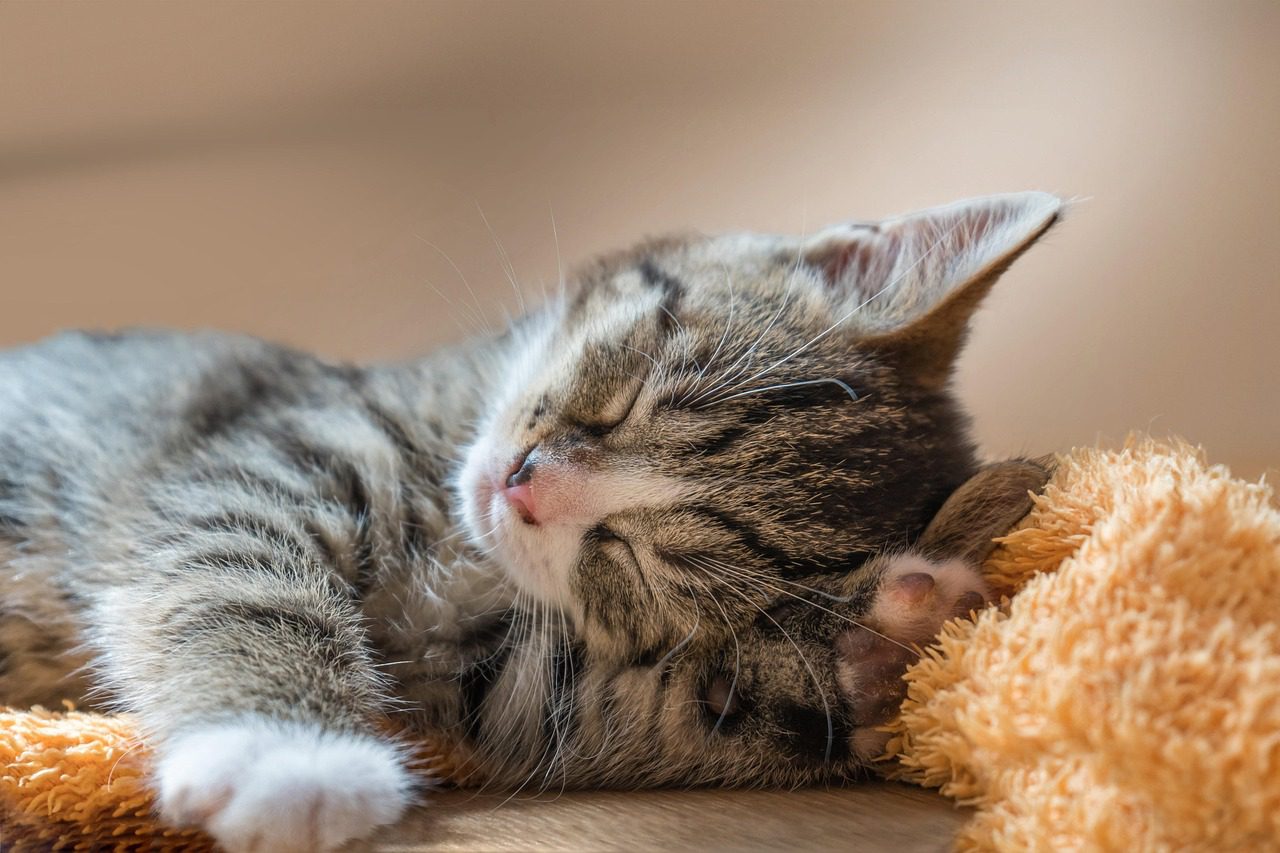A parrot’s beak is designed to crack the toughest of nuts.
And its long claws are talons that put a cat’s weapons to shame.
So how does a veterinary surgeon protect their fingers from being fractured or raked by a sickly feathered friend? Especially when they will attempt to fly away at the first opportunity?
I learnt this lesson whilst seeing practice with a lovely vet in Cambridge, who specialised in exotics.
The trick lies in darkness.
Apart from nocturnal birds like owls, most birds cannot see at all well in the dark.
I use my special consulting room with no window. When I have all my equipment ready, and having explained the plan to the bird owner, I turn out the lights. The computer monitor is turned off, and it becomes pitch dark.
But after several minutes we find ourselves starting to be able to make out some shapes in the room. Gradually, as my pupils dilate, I am able to see the bird cage, and even the patient, perching inside. At this point I quietly open the cage door, and slip my hand inside. I can always quietly approach the bird from behind without being seen, and in one swift movement I grasp their body, carefully and gently pinning both their wings safely within my grip.
We then turn on the light, and grip the beak between finger and thumb to temporarily control the nut-crackers. Feathers only slightly ruffled, it is now safe to perform whatever task we had in mind.
If you would like to meet some of my wonderful team, you are invited to join us at our Christmas party this Saturday 7th December. From 11am until 12 noon, all visitors will be welcomed with a cup of warm mulled wine and a mince pie.
The Mayor of Haywards Heath will be giving out the prizes for our pet supermodel competition, and calendars featuring all the winners and many more will then be available for sale in aid of the British Chihuahua Club Rescue Association, whose representatives will be telling us about their work, and their breed.




